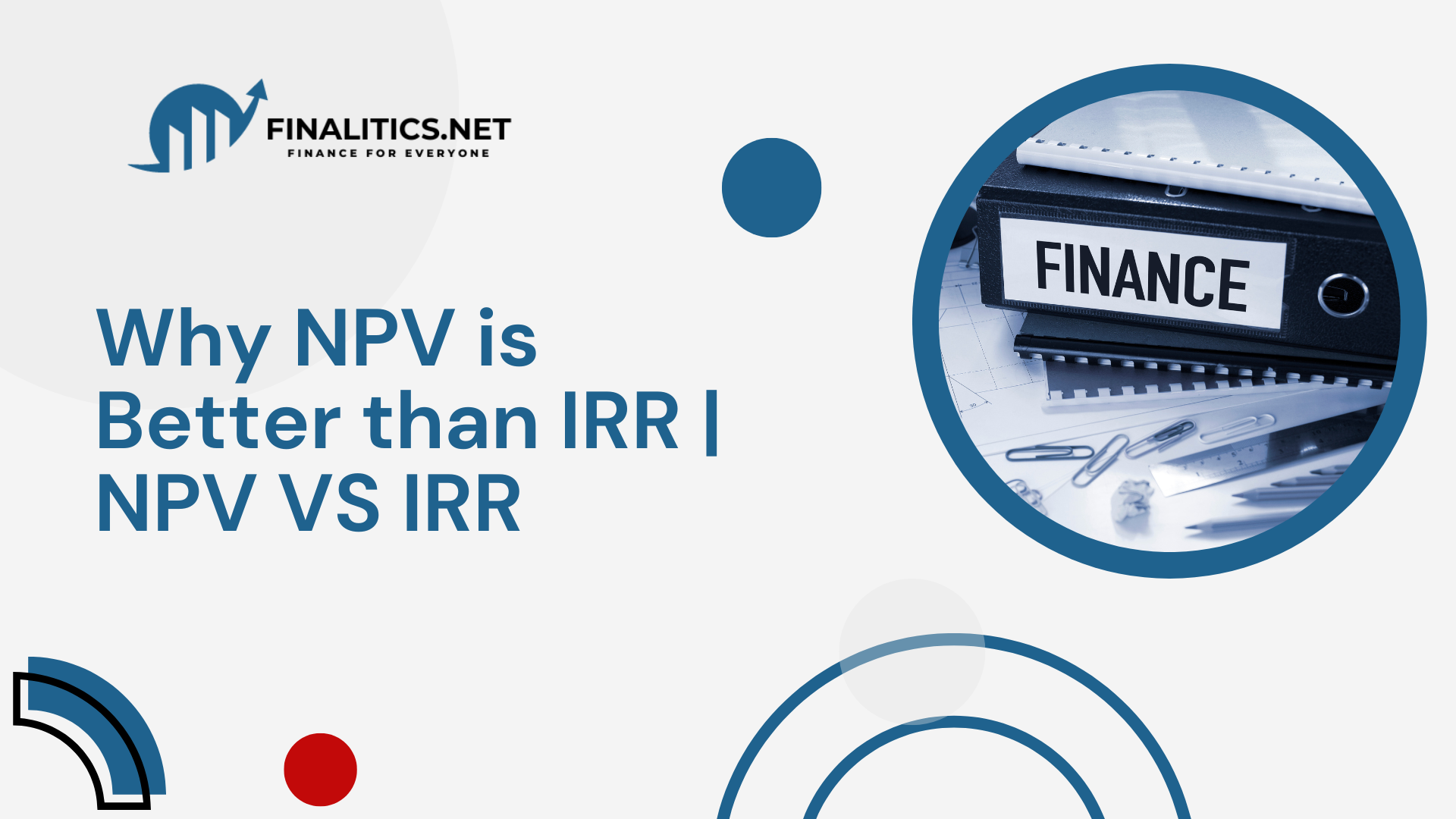When businesses merge or one company acquires another, the transaction often involves more than just tangible assets like buildings, inventory, or equipment. There is an intangible premium paid that reflects reputation, brand strength, customer loyalty, or synergies between the two businesses. This premium is known as Goodwill.
In this article, we’ll explore what goodwill is, how it is created, and how it is reported in financial statements. We’ll also break down impairment, disclosures, and what analysts look at when evaluating goodwill.
What is Goodwill?
Goodwill is an intangible asset that arises when one company acquires another for a price higher than the fair market value of its net assets (assets minus liabilities).
Formula:
Goodwill = Purchase Price – Fair Value of Net Assets
Example
If Company A acquires Company B for $500 million, but B’s net assets are valued at $400 million, the extra $100 million is recorded as goodwill on Company A’s balance sheet.
This $100 million doesn’t represent physical assets—it reflects the brand value, strong customer base, skilled workforce, patents, or even future synergies from combining the two businesses.
Why Do Companies Pay More?
Companies are often willing to pay more than the book value of assets for several reasons:
- Brand reputation (e.g., Apple, Coca-Cola, Google)
- Customer loyalty and long-term relationships
- Research & Development (which may not be recorded on the balance sheet)
- Synergies such as cost savings, efficiency gains, or elimination of duplicate facilities after a merger
In short, goodwill captures the hidden value of a business that doesn’t show up in its balance sheet directly.
How Goodwill is Created
Goodwill is only created in purchase acquisitions.
- Internally generated goodwill (like building your own brand reputation over the years) is not recorded on the balance sheet.
- Goodwill only appears when a company buys another company at a price above the net asset value.
Interestingly, if the purchase price is less than the net asset value (called a bargain purchase), the difference is not goodwill—it is recorded as a gain in the income statement.
Financial Reporting of Goodwill
Here’s how goodwill is treated in accounting and financial statements:
- Balance Sheet: Goodwill is recorded as a non-current intangible asset.
- No Amortization: Unlike patents or copyrights, goodwill is considered to have an indefinite life and is not amortized.
- Impairment Testing: At least once a year, companies must test goodwill for impairment (loss of value).
- If impairment occurs, the company reduces goodwill’s value and records a loss in the income statement.
- This reduces net income but does not affect cash flow.
Example of Impairment:
Suppose a company has goodwill of $100 million. After reviewing, it finds that due to poor performance, the business is now worth less. The revised goodwill value is $60 million.
- Impairment loss = 100 – 60 = $40 million
- This $40m is reported as an expense in the income statement.
Risks and Manipulation of Goodwill
Because goodwill is not amortized, companies may allocate more of the purchase price to goodwill instead of tangible assets.
- This can reduce future depreciation/amortization expenses.
- The result: higher net income in future periods.
Analysts are cautious when comparing companies because goodwill accounting can be subjective.
Accounting Goodwill vs. Economic Goodwill
It’s important not to confuse the two:
- Accounting Goodwill → Comes from past acquisitions (shown on the balance sheet).
- Economic Goodwill → Represents future performance expectations, such as growth, innovation, or market leadership (not recorded in accounts).
Some analysts argue goodwill reflects real value, while others think it’s not a genuine asset since it cannot be sold separately.
Analyst’s View on Goodwill
When evaluating financial performance, analysts often adjust for goodwill:
- Exclude goodwill from balance sheets to improve comparability.
- Ignore impairment charges from income statements, since they are non-cash and can distort profitability.
- Instead, they focus on whether acquisitions were successful by looking at the price paid vs. the earning power of assets.
Final Thoughts
Goodwill is a critical concept in accounting and financial reporting. It represents more than just a premium paid—it reflects a company’s reputation, brand value, and future potential.
- It arises only during acquisitions when the purchase price exceeds net assets.
- It is not amortized but tested annually for impairment.
- Analysts often remove goodwill from ratios to get a clearer view of performance.
Understanding goodwill helps investors and business owners see beyond just the numbers and evaluate whether acquisitions truly add value or simply reflect overpayment.

